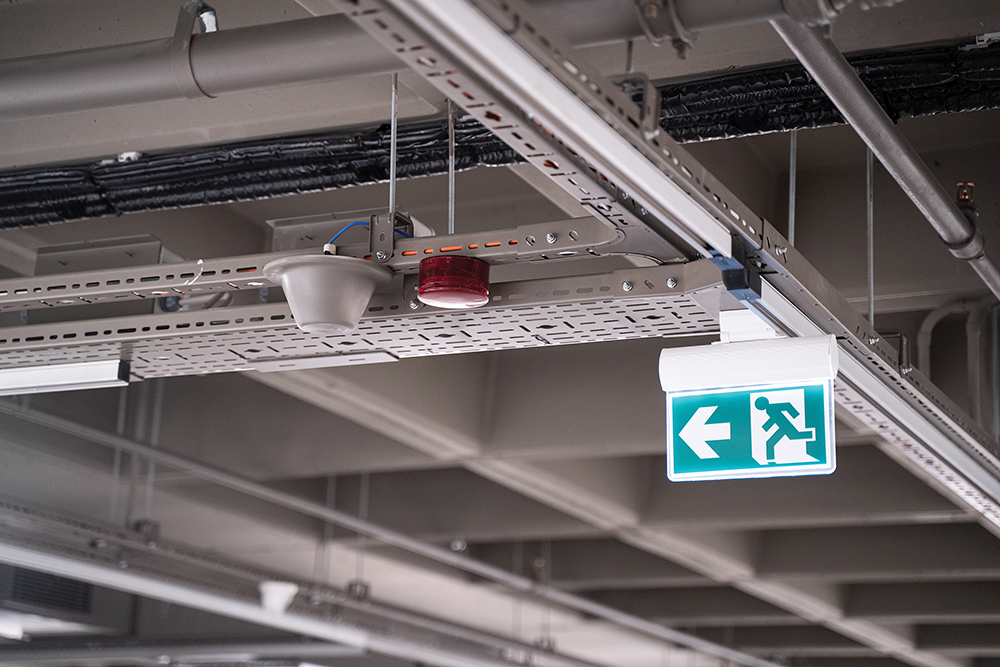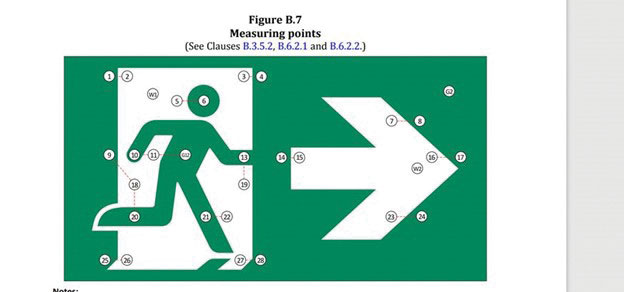The Canadian Electrical Code defines a grounding electrode as: “a buried metal water-piping system or metal object or device buried in, or driven into, the ground to which a grounding conductor is electrically and mechanically connected.” In other words, it’s whatever metal objects the code allows you to drive into or bury in the earth and use for grounding electrical systems. The requirements for grounding electrodes up to 750 volts are found in Rule 10-700. This rule has been substantially rewritten in the 2006 Canadian Electrical Code.
Rule 10-700 of the 2006 CE Code opens by listing three different types of grounding electrodes, manufactured, field-assembled and in situ grounding electrodes that form a part of an existing infrastructure (for example a building). The rule provides several new definitions and an expansion in the number of permissible options for establishing a grounding electrode. Unfortunately, the new rule also may produce some new areas of possible confusion, since some parts of the rule are less prescriptive than in the past.
Manufactured grounding electrode, Rule 10-700(2)
Subrule 2(a) —A manufactured grounding electrode may consist of two ground rods, spaced no closer that 2 m apart, bonded together and driven full length into the earth. Except for some new verbiage, nothing much has changed here.
Subrule 2(b) —As before, it may also consist of an approved plate electrode buried in the earth, at least 600 mm below finished grade or encased in the bottom 50 mm of a concrete slab that is in direct contact with the earth, and not less than 600 mm below finished grade. A plate electrode must provide at least .2 square m surface area in contact with the earth. Once again, nothing has changed.
Field assembled grounding electrode Rule 10-700(3)
Subrule 2(a) —A field-assembled grounding electrode may consist of a bare copper conductor at least 6 m long, sized in accordance with Table 43 and installed in the bottom 50 mm of a concrete footing or foundation and not less than 600 mm below finished grade. This has sometimes been referred to as a “ufer ground,” named for the person who dreamed up the idea. Once again nothing has changed.
Subrule 2(b) —A bare copper conductor at least 6 m long, sized in accordance with Table 43 and buried in the earth at least 600 mm below finished grade is a brand-new alternative now permissible in the 2006 CE Code. The American National Electrical Code provides a similar option, but in the form of a “ground ring” surrounding a building and installed underground.
In situ grounding electrode
Rule 10-700(4)
Rule 10-700(4) just specifies that an in situ grounding electrode is not considered electrical equipment, must be located at least 600 mm below finished grade and have a surface exposure to earth equivalent to a manufactured grounding electrode. The rule doesn’t say it must be metallic (but of course we knew this from the original definition in Section 0). This grounding selection is new and not specifically spelled out.
When we turn to Appendix B, we find that an in situ grounding electrode must have a surface area in contact with the earth at least as great as that of a manufactured grounding electrode. A helpful hint in Appendix B tells us that the necessary specifications for manufactured grounding electrodes may be found in the CSA Standard C22.2 No. 41 – OK if we all have access to this document.
Appendix B also provides a number of examples for in situ grounding electrodes including:
- An underground metal water system at least 600 mm below finished grade and extending at least 3 m beyond the building foundation, which has traditionally been recognized as a suitable grounding electrode; or
- And this is brand-new — the reinforcing steel of concrete slabs, foundations and pilings or metal pilings in contact with the earth and at least 600 mm below finished grade. Obviously, building reinforcing steel and steel pilings treated against corrosion would be unsuitable for use as grounding electrodes.
How does one determine that the requirements of the rule are met for the examples provided in Appendix B? No doubt the CSA standard does provide some data in the form of minimum metal surfaces required to be in contact with the earth. But how easily can we relate this data to the surface areas of different diameters and lengths of piping and building reinforcing steel? It seems to me that the electrical inspection authorities should work out the equivalencies and provide some guidelines to help reduce the inevitable number of uncertainties.
As with previous articles, you should always refer to the electrical inspection authority in each province or territory for a more precise interpretation of any of the above.










Find Us on Socials